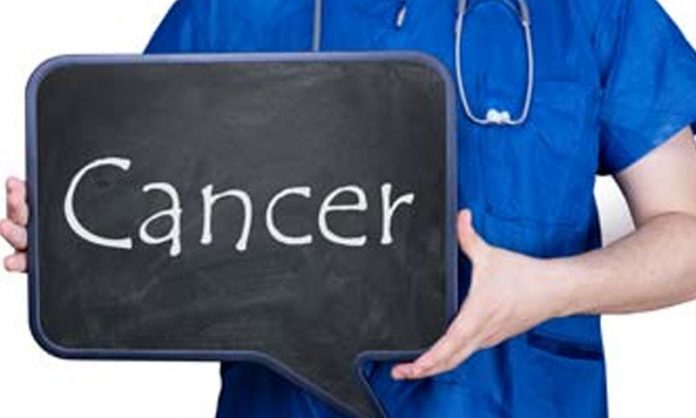Routine HPV vaccination in Scotland has led to a dramatic drop in the cervical disease which can lead to cancer, new data reveals.
The vaccine protects against human papillomavirus (HPV), which causes most strains of cervical cancer. In 2008, routine HPV immunisation of 12 and 13-year-old girls was introduced in schools across the UK. Vaccination has led to far fewer HPV infections, but there has not yet been much published evidence of the impact this has had on cervical disease and cancer.
A new study in the British Medical Journal has found a huge drop in the proportions of vaccinated women aged 20 detected at screening with cervical disease – the abnormal cells and lesions that are the precursor of cancer.
The researchers found an 89 percent drop in the numbers of those with the most severe levels of disease, called cervical intraepithelial neoplasia or CIN. There are three grades of CIN, with the most severe, giving the highest risk of cancer, being CIN3+.
There was an 88 percent reduction in CIN grade 2 or worse, and a 79 percent reduction in CIN grade 1.
There was a bigger decline in disease among those vaccinated at the age of 12 or 13 (89%) than in those vaccinated at 17 (51%). The vaccine is known to be more effective in those who have not yet encountered HPV, which is a sexually transmitted infection.
But there was also a drop in the levels of disease among women who have not been vaccinated, which suggests a “herd immunity” effect, say the authors – because there has been less HPV virus in the community.
Routine cervical cancer screening is still highly recommended for women, even if they have been vaccinated, but this may change, say the authors.
This article is originally published in Guardian





